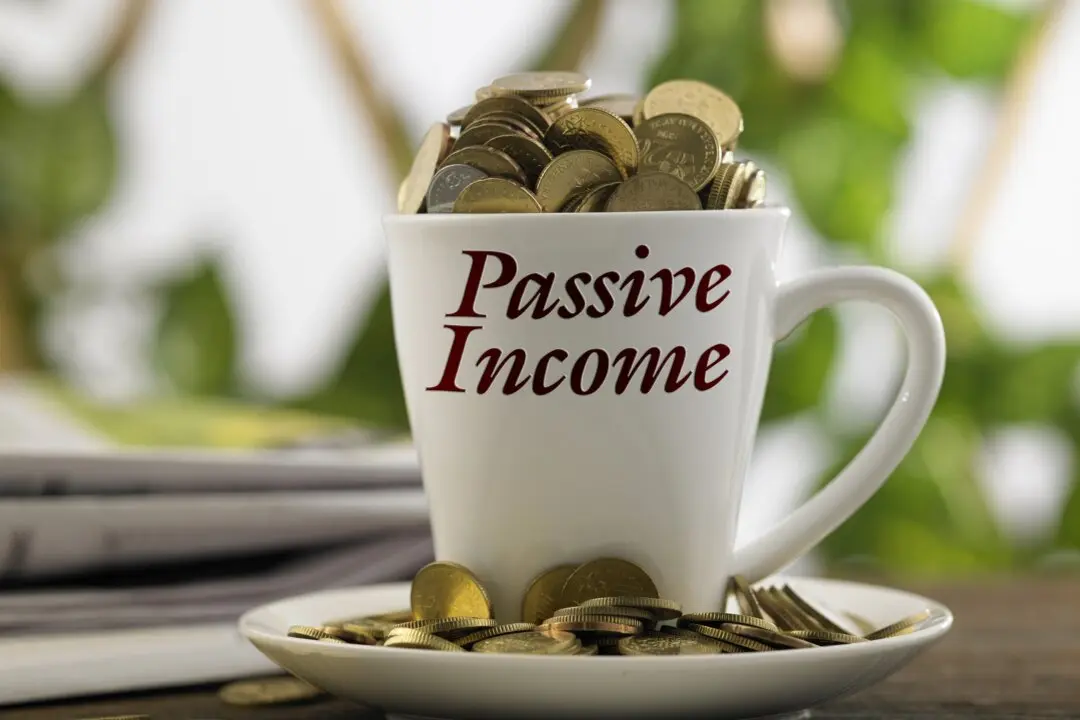Do you ever feel that there’s never enough time in a day to accomplish everything that you planned the night before? Are you getting frustrated because it just seems that all you’re doing is work and never spending quality time with your family? We’ve all been there at some point. But, if you learn how to use your time more effectively, you’ll be able to become more productive and satisfied with your personal and professional lives.
Record How You Spend Your Day
If you want to get the most out of your time, you first need to identify how you spend your days. How much time do you spend on Facebook, watching TV, or staring at the characters surrounding you on the subway commute? How long does it take you to complete tasks like writing a blog post or sending out an invoice?Spend a week recording how you spend each day so that you can become aware of how much time you’re being both productive and unproductive. Even better. Make a time log that divides your days into half-hour blocks so you have a better illustration of how you spend the time between when the alarm goes off in the morning and when you settle into bed. After the week has concluded, examine the times that were most productive and the times where you could be more productive.





